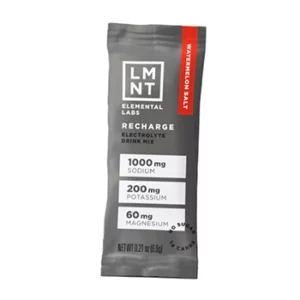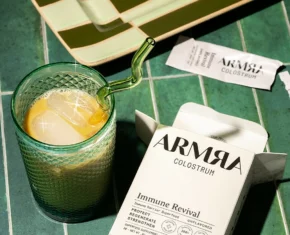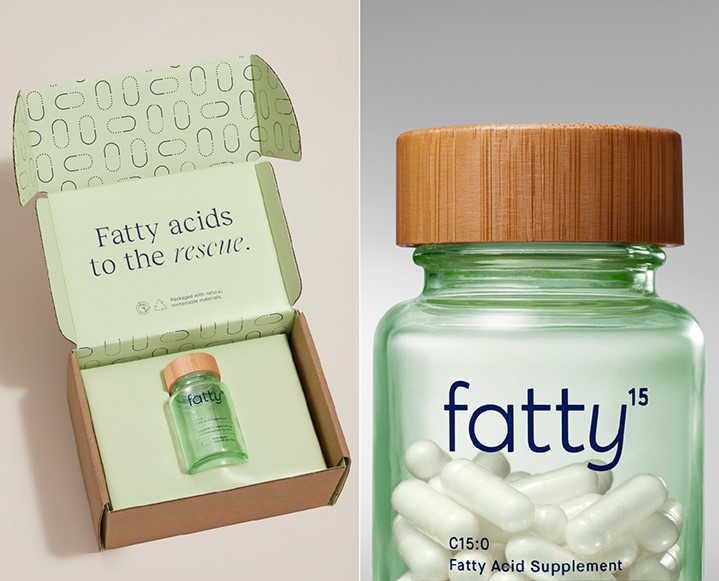Is a vegan paleo diet even possible? Many have been asking since the diet began gaining popularity last year. While a paleo diet relies heavily on animal proteins, vegans have vowed to avoid them. What’s left to eat on a diet that combines both philosophies?
We asked functional medicine pro, Dr. Mark Hyman to explain the diet he and many of his patients are using to achieve optimal health. Dr. Hyman coined the term ‘pegan’ to refer to this uniquely plant-based way of life. Here’s what a vegan paleo diet really looks like on any given day…
What Is The Vegan Paleo Diet?
Looking at the research, it is easy to get confused. Vegan diet studies show they help with weight loss, reverse diabetes and lower cholesterol. Paleo diets seem to do the same thing. So should you be shunning animal foods and eating only beans, grains and veggies, or should you eat meat and fat without guilt and give up all grains and beans?
I have chosen a vegan paleo diet for myself and recommend it for most of my patients. Keep in mind that most of us need to personalize the approach depending on our health conditions, preferences and needs. This isn’t a strict prescription — the most important thing is to find what works for you.
What is a vegan paleo – or ‘pegan’ – diet? Well, since I just made it up, I guess it’s up to me to define. Let’s focus first on what is in common between paleo and vegan (healthy vegan), because there is more intelligent eating has in common than there are differences. They both focus on real, whole, fresh food that is sustainably raised.
VERY LOW GLYCEMIC LOAD. Low in sugar, flour and refined carbohydrates of all kinds.
EAT LOTS OF PLANTS. The deeper the colors, the more variety, the better. This provides a high phytonutrient content protective against most diseases. (Although the paleo camp recommends lower glycemic fruit such as berries.)
BUY AS CLEAN AS CAN BE. Low in pesticides, antibiotics and hormones and probably no or low GMO foods. No chemicals, additives, preservatives, dyes, MSG, artificial sweeteners and other “Franken-chemicals” that you would never have in your pantry.
GET GOOD QUALITY FATS. Omega-3 fats for all. And most camps advise good quality fats from olive oil, nuts, seeds and avocados. Although some, such as Drs. Esselstyn and Ornish, still advise very low-fat diets for heart disease reversal.
EAT ENOUGH PROTEIN. Adequate protein for appetite control and muscle synthesis, especially in the elderly.
SOURCE RESPONSIBLY. If you’re taking a more flexible approach to the vegan paleo diet and animal products are consumed, they should be sustainably raised or grass-fed. If you are eating fish you should choose low-mercury and low-toxin containing fish such as sardines, herring and anchovies or other small fish, and avoid tuna, swordfish and Chilean sea bass because of the high mercury load.
There are, of course, some grey areas between the paleo and vegan diets. You can learn more about them here.
Does The Vegan Paleo Diet Work?This way of eating makes the most sense for our health and the health of our planet. It is sustainable and kinder to animals.
This is a complicated story with many characters, opinions and beliefs – all arguing their points with a mix of studies showing a variety of conclusions. My goal is to focus on biology – how food affects us through human and animal experimental studies, which prove cause and effect – and not rely solely on studies of population habits, which can often mislead and confuse because we can’t draw cause-and-effect conclusions from them.
We can try to focus on what we know and customize it based on our preferences and beliefs. But we should leave religion out of nutrition while respecting individual choices. And yes – vegans and paleo folks can be friends!
How do I eat? After researching nutrition for 30 years and analyzing thousands of scientific papers and treating tens of thousands of patients with food, I vote for a vegan paleo diet!
What Does The Vegan Paleo Diet Look Like Daily?
PLANTS TAKE PRIORITY. Focus on mostly eating lots of low glycemic vegetables and fruits. This should be 75 percent of your diet and your plate. I usually make two to three vegetable dishes per meal.
MORE PROTEIN + HEALTHY FATS. Nuts (not peanuts), seeds (flax, chia, hemp, sesame, pumpkin), coconut, avocados, olive oil.
EAT THE RIGHT FATS. Stay away from most vegetable oils such as canola, sunflower, corn and especially soybean oil, which now comprises about ten percent of our calories. Focus instead on omega-3 fats, nuts, coconut, and avocados.
ANIMAL PRODUCTS AS A CONDIMENT. Not a main course. Read The Third Plate by Dan Barber to understand how shifts in our eating habits could save the environment and ourselves. Vegetables should take center stage and meat should be a side dish.
CONSIDER YOUR GLYCEMIC LOAD. Focus on the glycemic load of your diet. This can be done on a vegan or paleo diet, but is harder on a vegan diet.
SNACK ON NUTS + SEEDS. They are full of protein, minerals and good fats and they lower the risk of heart disease and diabetes.
DITCH THE DAIRY. It is for growing calves into cows, not for humans. Try goat or sheep products and only as a treat. And always organic.
AVOID GLUTEN. Most gluten is from Franken-wheat – so look for heirloom wheat (Einkorn) if you are not gluten sensitive, and consider it an occasional treat. However, eat gluten-free whole grains sparingly – they still raise blood sugar and can trigger autoimmunity.
ENJOY BEANS SPARINGLY. Lentils are best and easiest on our digestive system. Stay away from big starchy beans.
SPARE THE SUGAR. Think of sugar as an occasional treat – in all its various forms (i.e., use occasionally and sparingly).
Are you considering a plant-based paleo diet? We want to hear from you about how and why!















